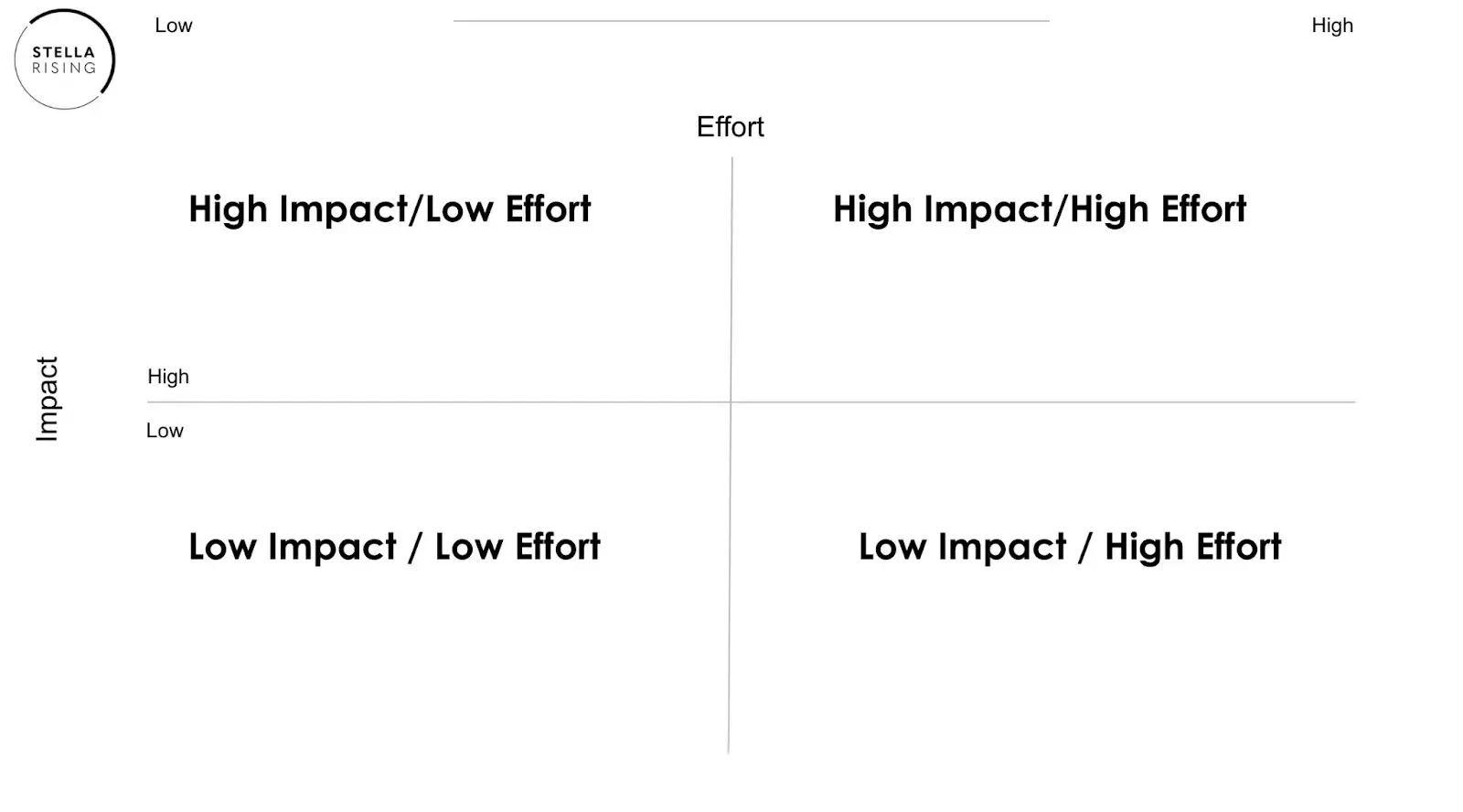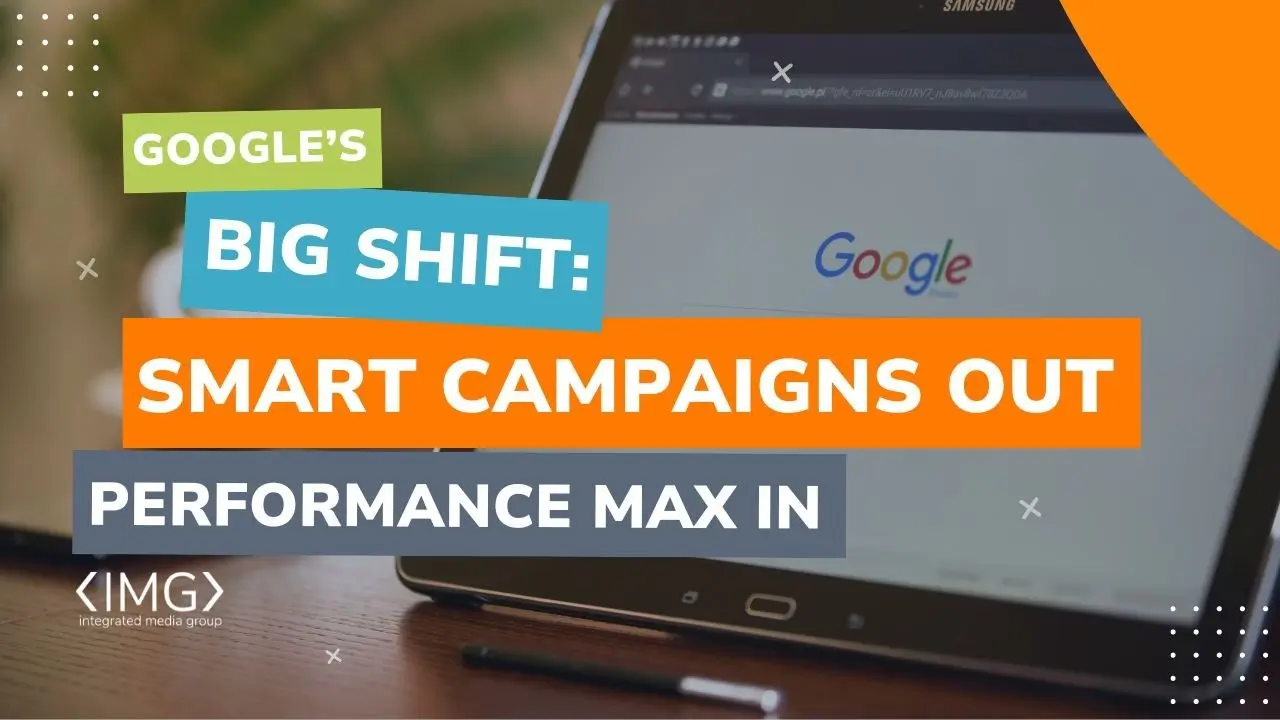Here’s how agile SEO strategies and tools can expedite growth, enhance prioritization, and deliver faster results.
Many SEO professionals often face the question from managers or clients: “How long will SEO take to show results?”
The typical response ranges from “4-12 months,” with some cases extending up to 24 months before a significant return on investment is realized.
This article explores strategies to achieve faster SEO results by employing the concept of “agile SEO,” a term popularized by the late Hamlet Batista.

The Urgency for Speed Businesses are increasingly eager for quicker returns on their marketing investments, especially in light of current challenges such as supply chain disruptions, an impending economic slowdown, and rising labor costs.
Delivering results more quickly than competitors can give you a distinct advantage, whether you’re managing SEO in-house or as an agency partner.
Move Away from Checklist SEO A common pitfall in SEO is the reliance on “checklist SEO.”
This approach assumes that to optimize a website, you need to tick off every item on a comprehensive list of best practices and site diagnostics. It also suggests that every website requires the same treatment, which is rarely the case.
Checklist SEO is not the most effective method. It’s crucial to assess the varying impact and difficulty of each task on the list, allowing you to prioritize actions that will yield the best results.
Instead of relying on checklist SEO, consider using the SEO Impact Eisenhower grid, a tool our agency created to prioritize SEO tactics for clients based on their expected difficulty and impact. Focusing on actions with a proven track record of driving results is crucial for accelerating growth.
Creating your own SEO Impact Eisenhower grid can help you better identify the tasks that deserve your attention.
The grid is divided into four quadrants:
- Top: Higher-impact items
- Bottom: Lower-impact items
- Left: Lower-effort items
- Right: Higher-effort items
High-Impact Items:
The top left quadrant (high-impact, low-effort) should be your primary focus. These are the tasks that will bring significant results with minimal effort. Examples might include optimizing title tags, improving site speed, or fixing high-priority technical issues.
The top right quadrant (high-impact, high-effort) should also be prioritized, but recognize that these tasks will require more resources. These could involve extensive content creation or a major site restructure that could greatly enhance SEO performance.
Low-Impact Items:
Items in the bottom half of the grid are lower in impact. Before dedicating time and resources to these tasks, ask yourself whether they need to be addressed within the first 3-6 months of the campaign. Examples might include optimizing minor metadata or tweaking internal link structures for less important pages.
While it’s important to consider all opportunities over the course of a year, focusing on high-impact tasks first is key to achieving faster SEO results.
In this exercise, the goal is to identify those high-impact, low-effort items and tackle them first. Keep a record of any additional ideas you come up with, even if they fall into the higher-effort or lower-impact quadrants, but consider saving them for later stages of your SEO campaign.

Many SEOs often begin with an extensive technical and full site audit. While this might seem like a solid strategy, it’s not always the most effective approach in many cases.
For smaller sites built on platforms like Shopify, WordPress, or other popular CMS systems, technical issues are typically limited and often quite similar across different sites. These issues can often be identified and resolved without conducting a comprehensive audit.
In many cases, the findings from technical audits are “nice to haves” that align with best practices but may be difficult to implement and might not have a significant impact on every website.
Technical SEO is undoubtedly important, particularly for larger websites and certain smaller sites. However, it’s rarely the first area you should concentrate on—unless there are critical issues related to indexing or crawlability that could hinder on-page optimization or the effectiveness of new content creation.
Often, more technical recommendations that require development resources end up in a backlog and can remain unaddressed for months.
This isn’t to say that technical audits are without value—far from it.
Such work is essential for any site you’re looking to grow, but it’s important to start with low-effort, high-impact initiatives.
For example, unless the site isn’t being crawled at all or is set to noindex, you’re likely to achieve more noticeable results by focusing on keyword research, optimizing titles and meta descriptions, and creating new content, rather than spending time on technical fixes like addressing old redirected internal links or optimizing page speed.
Why do numerous SEOs begin here?
The graphic below illustrates what we’ve outlined in our SEO Impact Grid, reflecting the strategies we implement at our agency. It showcases examples of tactics, highlighting their relative effort and impact. Keep in mind, these are intended as examples and may vary depending on the site or industry.

In this example, we also consider what we know from our own experience to be direct ranking factors, as well as what Google has confirmed as ranking factors. This often requires a critical examination of Google’s statements regarding various factors.
Take Core Web Vitals, for instance. Google heavily promoted this as a significant ranking signal, suggesting it would have a major impact on search engine results. However, the actual effect has been relatively modest. Experts like Glenn Gabe, who closely monitor algorithm changes, have provided intriguing data on the real impact of Core Web Vitals.
Speed Up SEO Campaign Implementation
Another common challenge SEOs face isn’t just generating recommendations—it’s getting them implemented on the website.
We recently released a guide to SEO implementation, offering a structured approach for presenting and tracking these changes. If you’ve already gathered your recommendations, I encourage you to explore that guide to help put them into action.
Regardless of where your SEO strategies fall on the effort-impact grid, they will only drive results if they are implemented. This often requires buy-in from your team, support from developers, or a robust SEO implementation tool.
Leverage Agile SEO Tools to Implement Optimizations Independently
SEO pioneers like Baptista and Stephan Spencer have long utilized tools and technology to modify clients’ websites without the need for developer support. Today, a variety of tools are available that allow SEOs to implement changes directly, either at the edge of the cloud or within the DOM.
Here are some tools you can use to implement SEO changes:
- SEO Scout: Uses a pixel to modify the DOM. Initially designed for SEO testing, but you can leave the changes in place to reap ongoing benefits.
- SearchPilot: Requires a server-side setup to utilize service workers or a CDN, delivering changes both to server-side HTML and client-side content.
- seoClarity: An SEO execution platform that automates and speeds up SEO tasks, allowing enterprises to fix critical on-page issues, optimize content, and increase agility without relying on developers, ultimately enhancing organic traffic and revenue.
- RankSense: An SEO automation tool that enables fast and scalable SEO changes, allowing users to optimize thousands of pages effortlessly, monitor performance, and achieve significant traffic growth within weeks, all without the need for developer involvement.
Adopt Agile Technical Auditing
In the world of web and app development, teams typically follow one of two models: waterfall or agile. Agile methodology is centered around sprints, whereas SEO has traditionally leaned towards a waterfall approach—where a large set of recommendations is handed off to clients or development teams, while the SEO team moves on to other tasks.
While the waterfall approach may seem simpler, it often misses the opportunity to prioritize high-impact changes. Consider adopting a more agile approach, where you continuously crawl the site and identify key priority fixes.
Screaming Frog’s Issues tab is an excellent resource for generating a prioritized list of recommendations. Focus on addressing just one or two of these per sprint with your clients. When considering the impact grid, remember that technical SEO doesn’t need to be overwhelming. An Agile approach allows you to tackle one step at a time.
At our agency, we’ve embraced this method with many clients—concentrating on one key task or implementation from our audits at a time. We provide project management and implementation support for that task, then move on to the next, ensuring that each step is effectively executed.
Initiative-Based Reporting
After your client or in-house team successfully implements a recommendation, it’s time to become their biggest cheerleader.
Create a mini case study that highlights what you implemented and the positive impact it had. This not only helps encourage the team to adopt similar changes but also motivates them to follow through on your other recommendations.
When internal stakeholders or client teams witness the tangible impact of your individual recommendations, something remarkable happens—they get excited about implementing more of them. As enthusiasm builds, the time required to execute changes decreases, and your overall influence continues to grow.
If your compelling, data-driven case study doesn’t immediately inspire action, remember that you can always turn to the implementation tools mentioned earlier to ensure those recommendations are carried out.
Conduct SEO Testing
In the past, SEO testing was mostly accessible to large enterprises like eBay, which could afford to develop their own custom solutions. However, with the rise of cloud-based hosting and content delivery network (CDN) services like CloudFlare, new platforms such as RankSense and SearchPilot have emerged. These tools make it possible for anyone to implement and test SEO changes effectively.
SEO testing accelerates results by revealing which changes will have a positive impact and which might not—or could even be harmful. By identifying successful strategies before investing developer or team resources, you can avoid wasting time and achieve results more efficiently than through trial and error.
Accelerating Your SEO Efforts
We all understand that SEO is a long-term game, but that doesn’t mean you or your clients have to wait months to see meaningful results.
By incorporating SEO testing, leveraging implementation tools, and focusing on the most impactful tasks, you can build an agile SEO strategy that drives results more quickly. With the framework of tackling low-hanging fruit first and pursuing bigger wins later, you’ll be set up to achieve faster SEO success than ever before.











